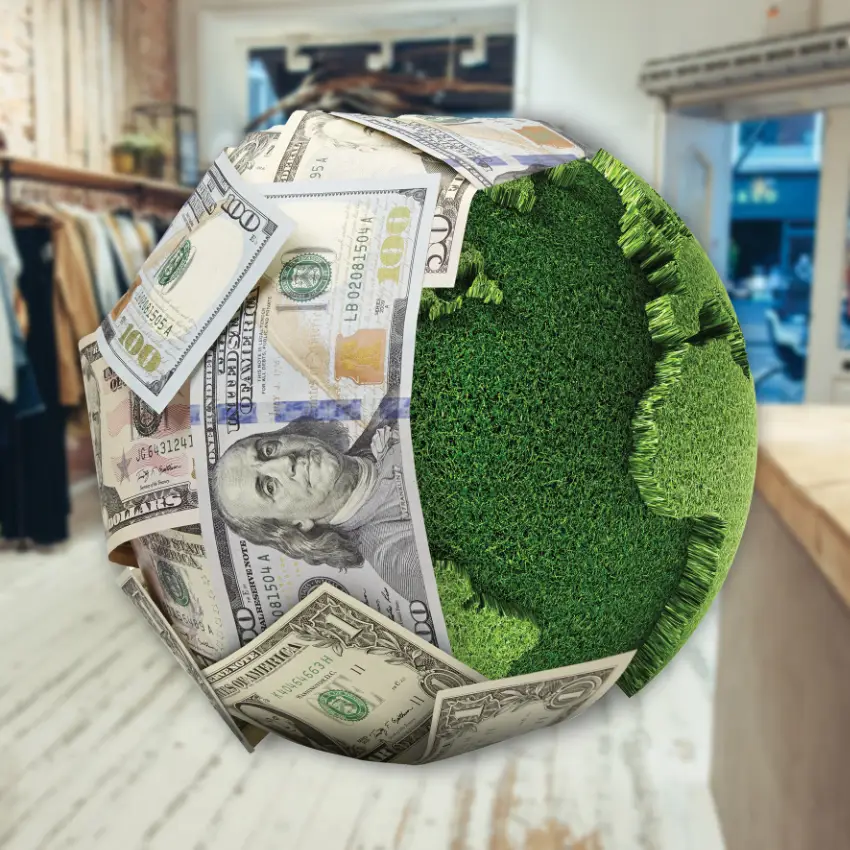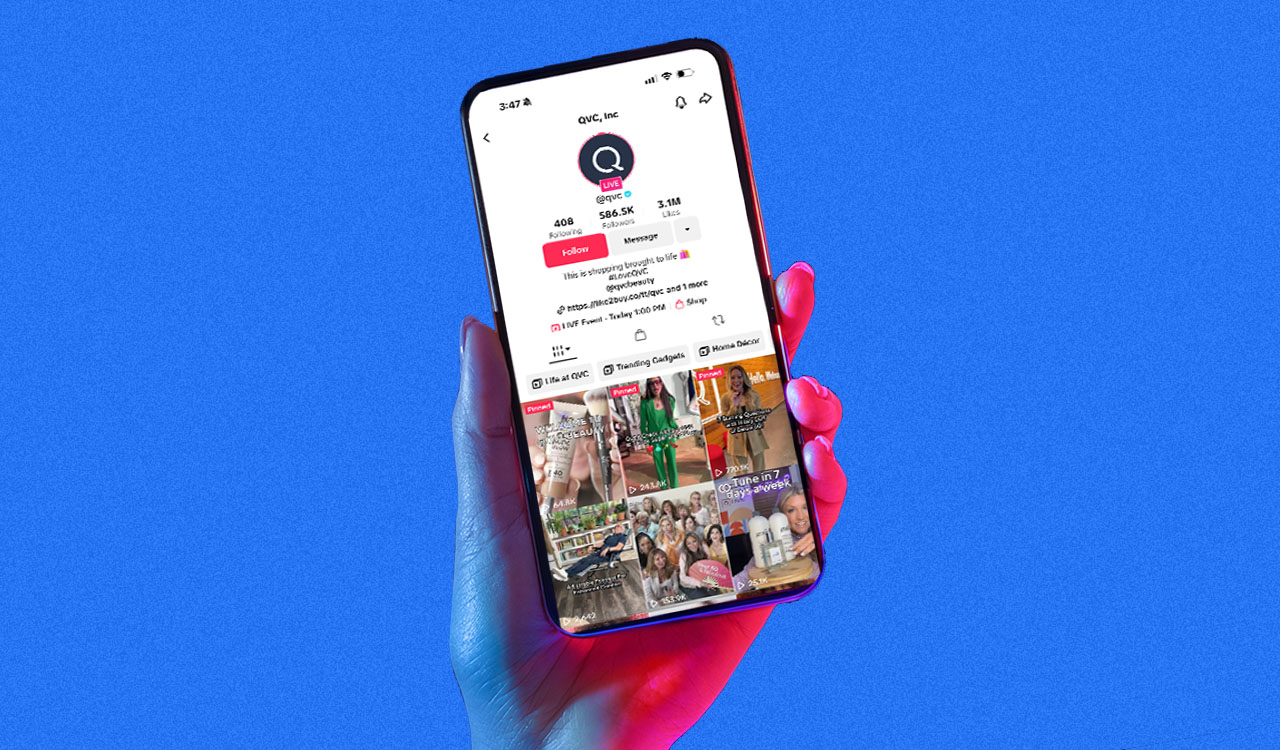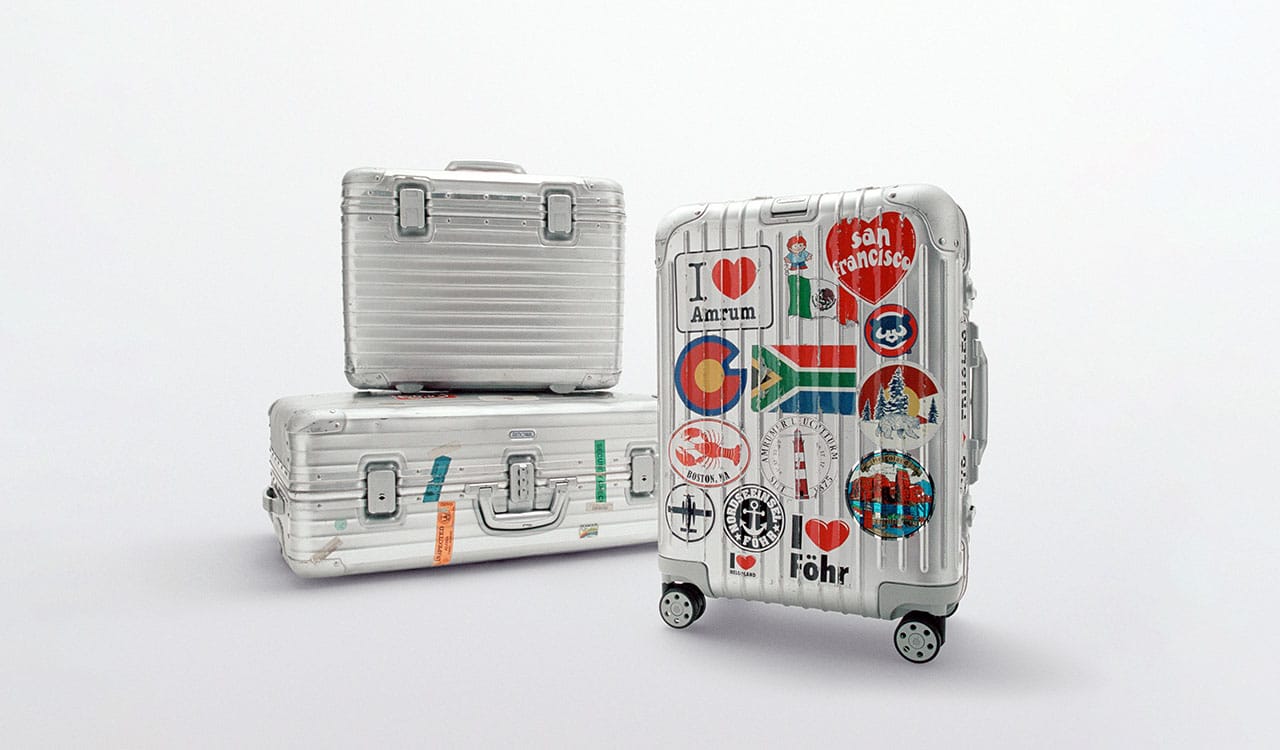Industry Reality Check
To set the context for new emerging retail crises, allow me to set up the situation we find ourselves in as a result of the pandemic. From my perspective, Covid-19 did not start any new trends; instead, it accelerated one that had already begun, which is, that people were starting to do more and more of their shopping online than at brick-and-mortar establishments.
Not only was there an acceleration in those who were already comfortable in buying online, but something even more interesting happened. People who were not used to shopping online were forced to do so due to the various lockdown policies implemented by government. They quickly got comfortable with online shopping and started to embrace its ease and convenience, even if it came at an additional cost. Now, as Covid case numbers continue to ebb and flow, shoppers are returning to brick-and-mortar stores, but not at the levels we’ve seen prior to the pandemic. Some of those pandemic “forced” behaviors have stuck; from my own experience I never thought I’d see the day when my parents ordered groceries online, but now after having been forced to do it, they realize how much easier and more convenient it is and it is now their primary way of shopping.
While this situation may seem like a boon to online retailers, it also comes with some unprecedented challenges. For one thing, there is extra risk built into the buying process as consumers can’t see, touch, or try on items before they purchase, leading to much higher return rates. Our research at Appriss Retail has shown that consumers are five times as likely to return an item purchased online compared to in-store.
If you take these two trends together – the migration to more online shopping combined with higher return rates – both will continue into the future. The next crises for the retail industry could very well be profitability and sustainability and the delicate balance of trading one off against the other.
Breaking Down the Sustainability Crisis in Retail
Sustainability issues are likely to manifest in many areas within the retail industry as we learn to live with Covid including:
The Sales Process
Let’s compare the carbon footprint left in a store purchase with an online purchase of a pair of jeans. In a store sale, a shopper walks (or drives) to a store, tries on a pair of jeans, pays for them, and receives a plastic (typically) bag with the jeans to take home. The carbon footprint consists of a plastic bag, garment tags, and any nominal gas that might be used for the drive to the store and back, discounting all the impacts of the manufacture and primary distribution of the jeans.
In an online sale, that same shopper browses the jeans online, places four different styles and sizes in their cart, pays with a credit card, and waits for their delivery. Those four items might follow this journey:
- Packaged in plastic wrap at a store or distribution center.
- Picked up from a distribution center that could be hundreds (or thousands) of miles away from their final destination.
- Placed into a cardboard box or another plastic bag for shipping, with a shipping label attached.
- Transported hundreds (or thousands) of miles via car, truck, or plane.
- Delivered to the consumer’s front door, at which point the consumer tries on the jeans and decides which, if any, they want.
- The journey begins in reverse as the remaining items are shipped back to the retailer requiring wrapping, delivery to a distribution center or store, still more mileage, and so on.
- The jeans are inspected and restocked
- Somebody else chooses the same pair of jeans online and the journey starts again
All this for just one transaction. And chances are the required shipping materials aren’t reused; there is a new box and packing material used every time.
The understandable but still disturbing reality is that retailers have been encouraging consumers to shop this way; for example, by offering free return shipping – in order to make the transition to online shopping easier so they can make up for lost store sales. However, not all retailers are thinking about the impact on profitability of this journey let alone that of the environment, which can be quite dramatic relative to an in-store purchase.
The Overproduction Crisis: The New Normal
Now, let’s tweak the scenario above to look at things another way.
- Instead of four pairs of jeans, the online purchase is a single t-shirt, which the consumer receives and decides she does not want.
- The consumer calls the retailer to ask for a return label, so she can take advantage of free return shipping.
- The retailer tells the consumer to keep the product, since it’s not worth it for them to pay for the return shipping just to get the money back from the purchase. (Appriss Retail research has found that the average cost of shipping and handling is approximately $10 per item each way.) In effect, they’ve placed a bet – offer free return shipping and hope that consumers don’t use it.
One of the metrics retailers live and die by is availability, that is to have the products the consumer wants in stock when they want to buy. So, they have started overproducing more popular items with the knowledge that some consumers will make a purchase online and if it’s unwanted, they will ultimately keep it without paying for it, since neither the consumer nor the retailer wants to pay for the return.
Without overproduction, there won’t be inventory available for other shoppers who genuinely want the item. So, the retailer must have enough of the item in stock to account not just for legitimate demand, but also for the attrition rate due to the free returns policy. Even if retailers choose to absorb the return shipping fee or the consumer is willing to pay it, the item might still sit in the consumer’s hallway until it is shipped back, taking it out of the supply chain during which time someone else could have purchased it.
On the other hand, if those items do come back, but there is not enough demand for them, another sustainability issue arises as these overstocked items often end up in landfills or are sold to the secondary market where they are packaged again, adding further complexity to the issue.
Traditional omnichannel retailers, in an attempt to rival the ease and convenience of ecommerce behemoths, have inadvertently created a situation that is unsustainable from an environmental perspective. When you factor in the costs of shipping and returns and the desire to offer competitive online pricing, the model becomes unsustainable from a profitability perspective as well.
Changing the New Shopping Paradigm: It’s Not Too Late!
Conditioning consumers to expect free return shipping and then trying to walk them back from that expectation is a new challenge for retailers. And it’s going to take some real ingenuity to figure out the solution and transparency about why this is a better idea for the planet.
So, how can retailers ease these sustainability problems before they truly reach crisis proportions?
- Offer incentives to buy in-store.
Redirect more consumers back to the store with targeted incentives from your online channel, such as: “Pick these up in-store and receive 10 percent off your next purchase.” This strategy can result in fewer returns since shoppers can see or try on an item and only buy the things they want. - Encourage in-store returns.
Whether the item was purchased in-store or online, encouraging the consumer to return it in-store by offering targeted promotions, such as “Return this item and save $10 on any other purchase you make in-store,” can reduce the number of shipped returns and the associated cost, whilst driving incremental spend. - Offer alternatives to free shipping that minimize the adverse environmental impact.
If consumers understand the environmental impact of their orders, they might be willing to wait for an order if it means minimizing waste. Consider: “Combine your order into fewer boxes by choosing a later delivery date.” For those not so environmentally conscious, offering a discount on a future purchase, such as “Choose this delivery option and receive $5 off your next order” might be just as effective. - Use data and artificial intelligence to curate the consumer journey on an individual level.
Rather than think of a one-size-fits-all return policy, think in terms of each consumer’s individual preferences and actions within your chain. You can reduce the overall amount of returns by understanding their shopping behaviors, and you can tailor the consumer journey at every step, including appealing to those consumers who are more environmentally aware with sustainable options. For example, “Save 30 pounds of CO2 by returning any unsatisfactory items in-store.” - Think differently about your own company’s position on sustainability.
Many large corporations including Patagonia, Kroger, Marks & Spencer (M&S), and Athleta have issued formal sustainability pledges, but you don’t have to be a multi-million dollar company to think differently about how you can take and promote sustainable measures. (This guide from Shopify offers 15 ways to make your retail store more sustainable.)
A Considered Balance
How can you strike a balance between consumer expectations and the environmental and profitability impacts of the new purchasing patterns? Use data to find a way to make continued online sales sustainable for everyone by changing the way that your consumers shop – and return – in real-time and on a shopper-by-shopper basis. In particular, younger generations are saying: Yes, I want to easily obtain goods and services, but not at the expense of the planet.
Using predictive analytics, retailers can reduce returns by 8 percent, while still preserving the consumer experience. Other technologies can be applied to improve sizing, product descriptions, and delivery timing to further reduce returns.
Truly understanding your consumers is key to changing their expectations and dialing down the negative environmental and profitability impacts resulting from the new shopping normal. As we move forward as an industry continuing to navigate the impact of the pandemic and changing shopping behaviors, addressing issues surrounding all forms of sustainability need to be front and center.
Note: Appriss Retail is a Robin Report Innovator




